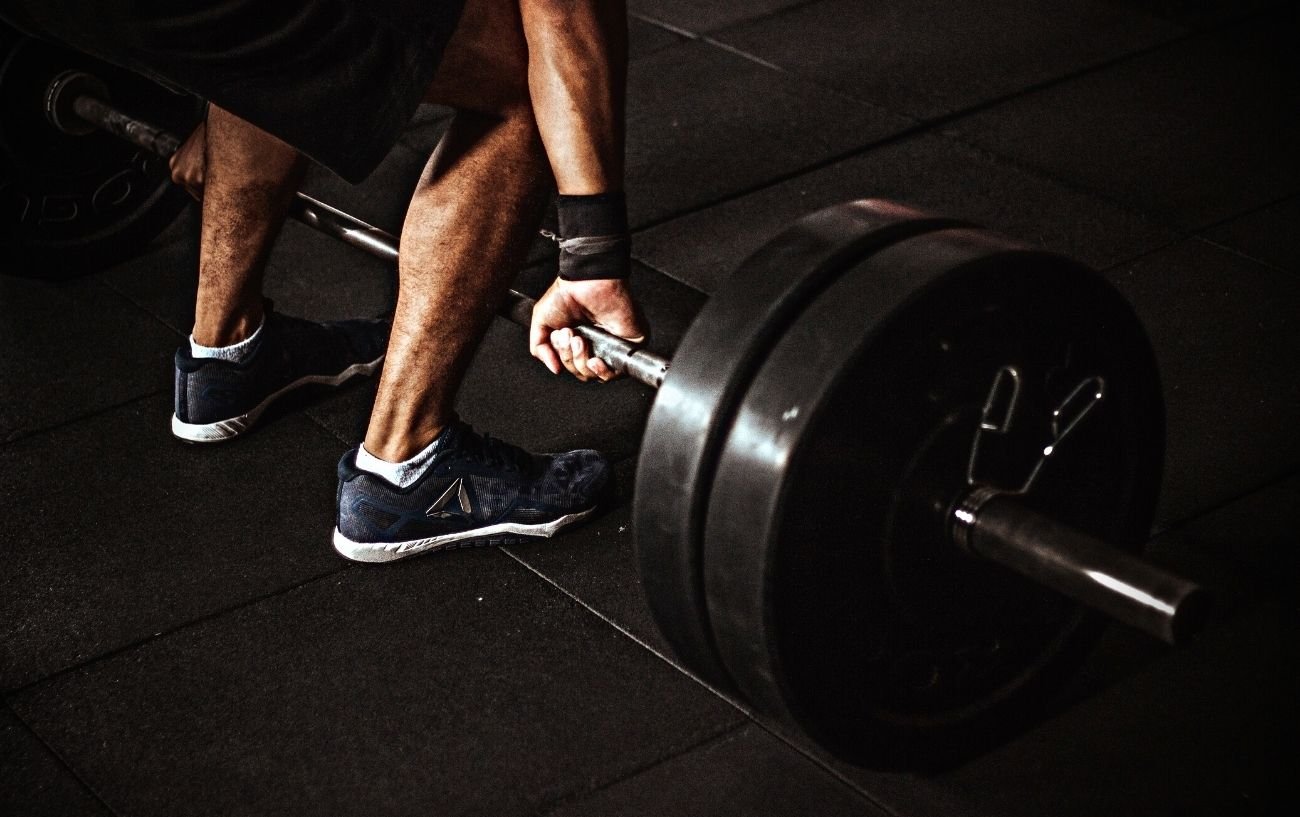Some of us love it, some of us hate it, but one thing is certain when it comes to leg day: it’s nearly guaranteed to be a killer workout that taxes your legs until they almost feel jelly-like, spent from your hard efforts.
Leg day probably can’t be considered “fun” per se, but squats, deadlifts, lunges, and other strength training exercises for your lower body muscles are an important component of most well-rounded fitness programs.
But how does leg day fit into your overall workout routine? Should you go running after leg day? Can you boost your leg gains by running after lifting weights? Furthermore, can running after leg day improve your recovery?
Whether you should go running after leg day is dependent on your fitness goals, priorities, and overall fitness routine.
In this guide, we will look at running after leg day and how a hard leg workout affects running to help you decide if you should run before or after lifting weights.

What Is Leg Day?
What exactly do we mean by “leg day”? If you’re relatively new to working out, it may be helpful to have a quick overview of common weightlifting workouts.
Generally speaking, there are two primary approaches to programming strength training workout routines: total-body workouts and body splits.
As the name describes, total-body workouts are routines that include exercises that in sum, use all the major muscles of the body, giving you a full-body workout.
In other words, if you are doing a total body workout, there will be exercises that target your arms, others that will work your chest or back, exercises that strengthen your abs and core, and, of course, exercises that primarily target your legs.
It’s also common to have several full-body exercises, such as burpees, or compound movements that involve several major muscle groups.
For example, a total-body workout might include exercises like a reverse lunge with an overhead press or a side lunge with a bicep curl.
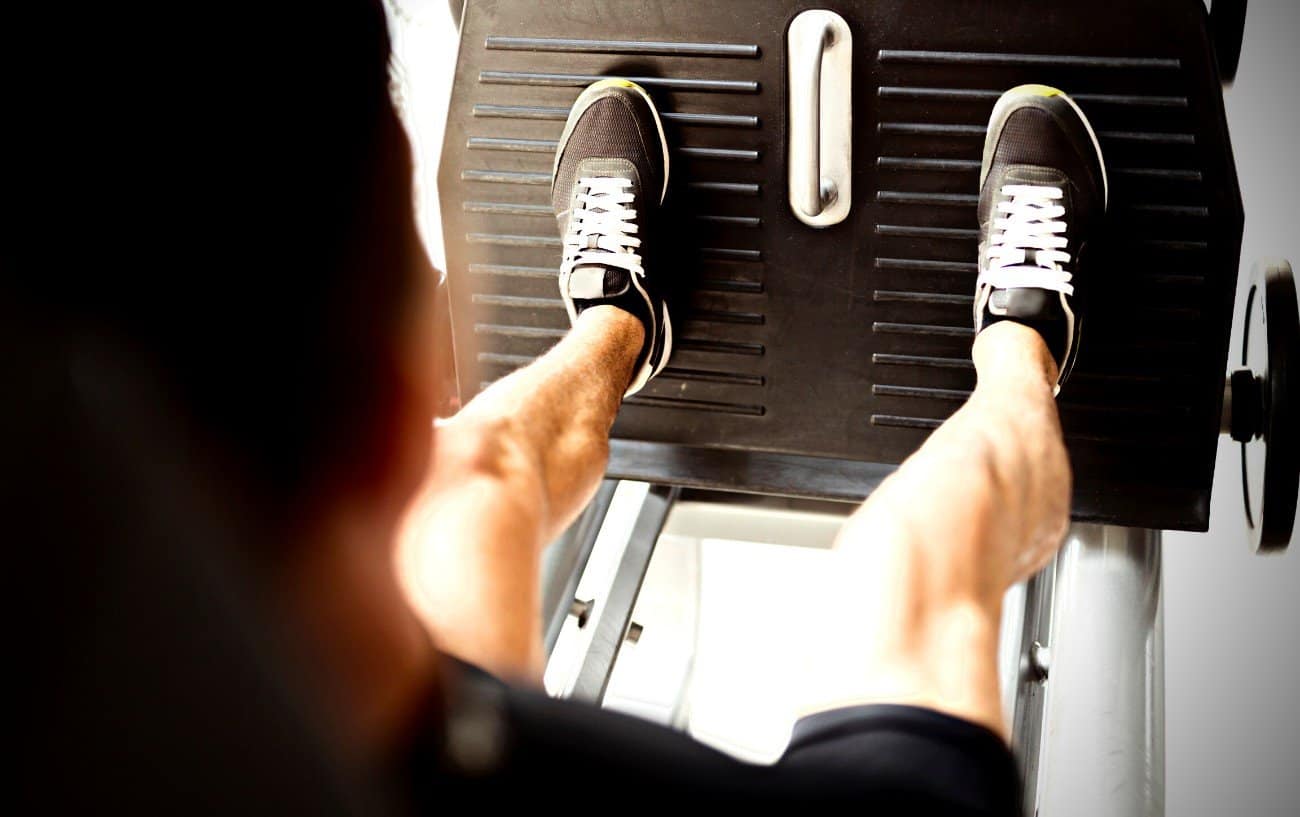
In most cases, if you are following a total-body workout routine, you will perform 2-3 of these full-body workouts per week.
Body part splits or split workout routines focus on one or two particular body areas per workout.
Typically, the body is partitioned into arms and chest in one workout, back and core in another, and then legs, though there’s plenty of variability, particularly within the pairing and splitting of arms, core, chest, and back.
If you are following a split workout routine, all or nearly all of the exercises for any given day are focused on the particular body area.
For example, on arm day, you wouldn’t have squats or lunges, unless potentially paired with an upper-body exercise. Similarly, on legs day, you won’t find pull-ups or push-ups on the lineup.
Getting back to the question at hand, leg day refers to the leg-centric workout in a body part splits workout routine.
A leg day workout often includes reps of exercises such as heavy squats, lunges, deadlifts, step-ups, box jumps, bridges, and other lower-body plyometrics and strengthening exercises.
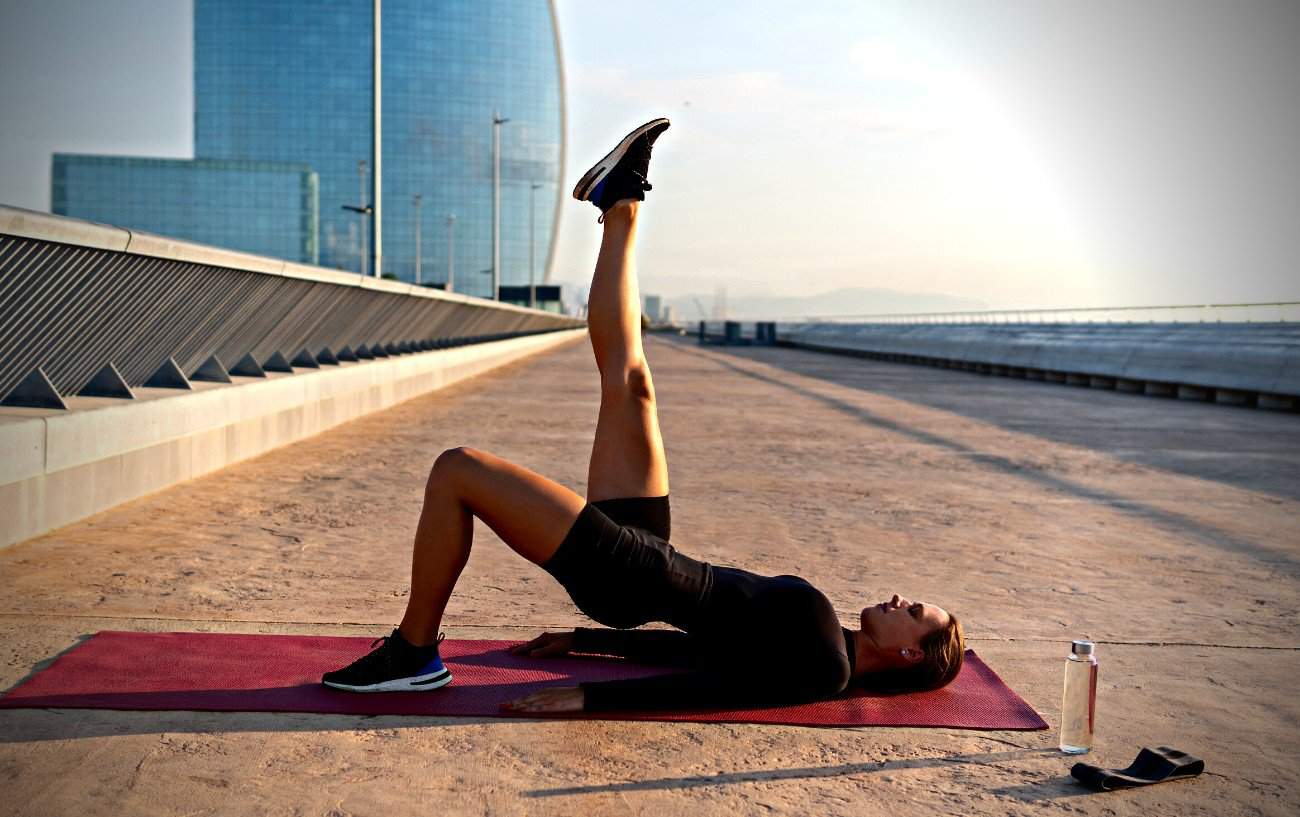
Why Is Leg Day Hard?
Leg day earns its reputation as being a particularly hard workout because the leg workouts use the largest muscle groups in your body, such as your glutes, quads, and hamstrings.
As such, you end up working more of your total muscle mass, which not only leads sore leg the next day but is also just more exhausting in its own right.
The more muscle mass you recruit for an exercise, the more metabolically demanding and fatiguing it can be, especially when you are lifting with the goal of muscle growth and power.
For this reason, leg day burns though all or nearly all of your glycogen stores, which can leave your body in a depleted state after the training session.
Finally, the effects of leg day are usually more noticeable because you use your legs for just about everything—from standing to running, climbing stairs, and getting out of a car.
It’s somewhat easier to avoid feeling the residual soreness from an arm-focused workout, because you can more easily go about your day minimizing the use of your arms.
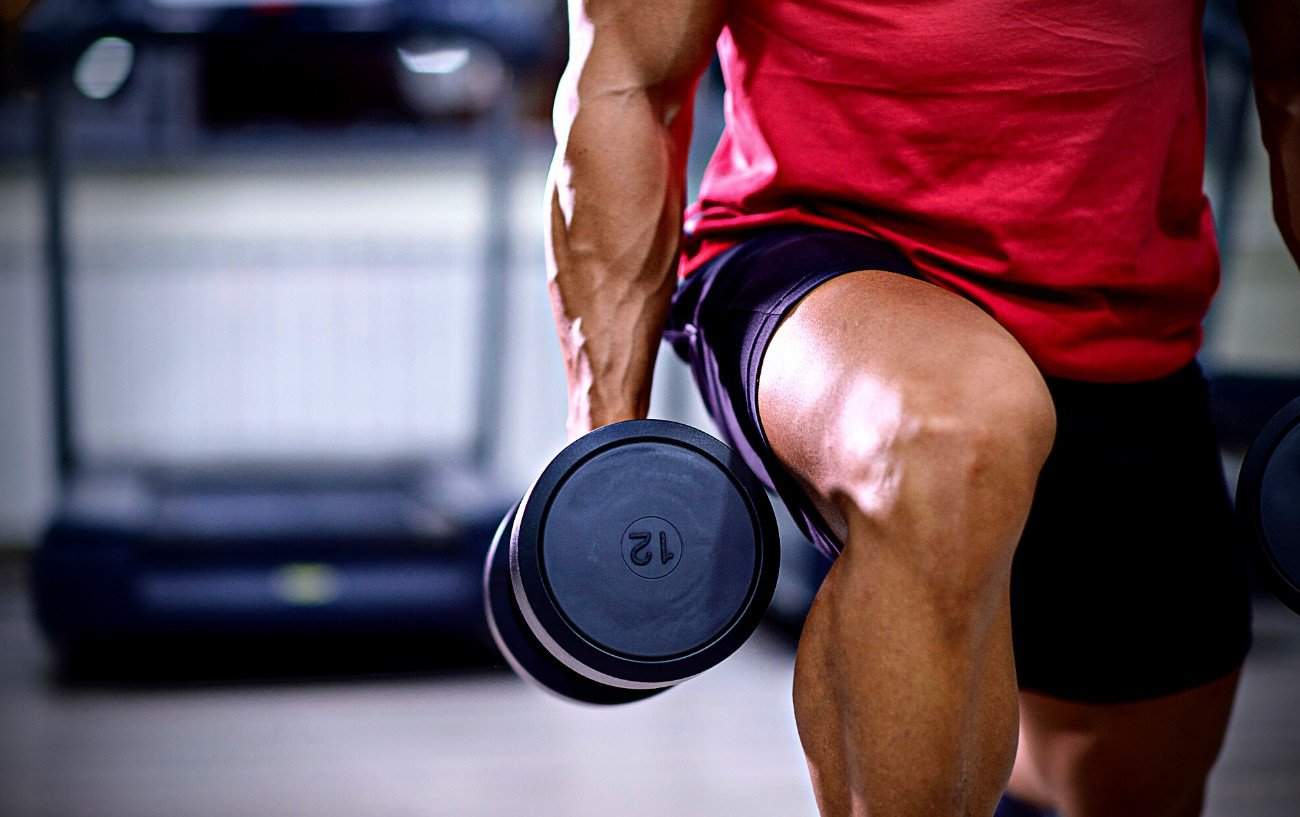
Should You Go Running After Leg Day?
Much in the same way that the delayed-onset muscle soreness (DOMS) after leg day can affect your comfort level (versus soreness) as you go about your normal everyday activities the next day or two, a leg workout can have a more significant impact on any subsequent exercise.
In other words, since most types of exercise use your legs to some degree, whatever type of workout you do after or on leg day will almost invariably be started with extremely tired legs.
While an aerobic activity like swimming or cycling will still recruit your leg muscles, the low impact can be gentler on fatigued legs.
In contrast, running almost doubles down on the work you did in the gym, adding further demands to your already tired glutes, quads, hamstrings, and calves, which is why many people wonder whether they should go running after leg day.
Moreover, from an energy standpoint, running right after a hard leg workout means starting your run from a glycogen-depleted state.
Glycogen, which is the body’s storage form of carbohydrates, is the body’s preferred fuel source for both a weightlifting workout and endurance training.
Although it’s possible to use this to your advantage, it can make running post-workout a lot more challenging, as it forces your body to burn fat for fuel rather than carbohydrates.
Ultimately, whether you should go running after leg day is mostly dependent on your fitness goals and overall fitness routine.

The Potential Benefits of Running After Leg Day
There are potential benefits of running after leg day, and depending on your fitness goals and priorities, these training perks may make this a good way for you to structure your routine.
#1: Running After Leg Day Can Help You Get Better At Burning Fat
As mentioned, running after a workout can train your body to get better at oxidizing fat for energy at higher intensities.
Generally, fat and carbohydrates provide the majority of energy when you exercise, with protein contributing up to 10-15% on average, depending on your diet, nutritional status, and exercise intensity and duration.
At lower intensities of exercise, such as efforts in zone 1 and zone 2, the muscles primarily rely on stored fat as the substrate to produce ATP, the energy molecule used by the body to work.
As the intensity of physical activity increases from low-intensity and moderate intensity to high-intensity cardio, the ratio of the reliance on fat versus carbohydrates shifts, and we start burning far more carbohydrates (glycogen) to fuel the muscles.
This is why leg day burns through your glycogen stores, and running tends to deplete glycogen as well (unless you’re running very easily).

This isn’t necessarily problematic, but certain athletes wish to train their bodies to be better at oxidizing fat at higher workloads because we have limited glycogen stores relative to fat stores.
The muscles and liver can store enough glycogen for roughly two hours of intense exercise, after which we will have to rely nearly entirely on fat and protein to fuel the body.1Ørtenblad, N., Westerblad, H., & Nielsen, J. (2013). Muscle glycogen stores and fatigue. The Journal of Physiology, 591(18), 4405–4413. https://doi.org/10.1113/jphysiol.2013.251629
Since producing energy by burning fat and muscle is a slower and less efficient process, your ability to exercise intensely can quickly drop off once your glycogen stores are depleted.
If you’ve ever run a marathon or have heard of the infamous “bonking” marathoners often experience in the final miles of the race, you’re seeing a practical example of glycogen depletion.
Running after leg day can potentially help your muscles become more metabolically flexible so that they can burn fat more efficiently and spare glycogen for higher intensities later on in a workout.
In other words, running after a leg workout can be potentially beneficial for a marathoner, triathlete, or other endurance athlete who wants to condition their body to burn energy more efficiently and stably throughout a long event.
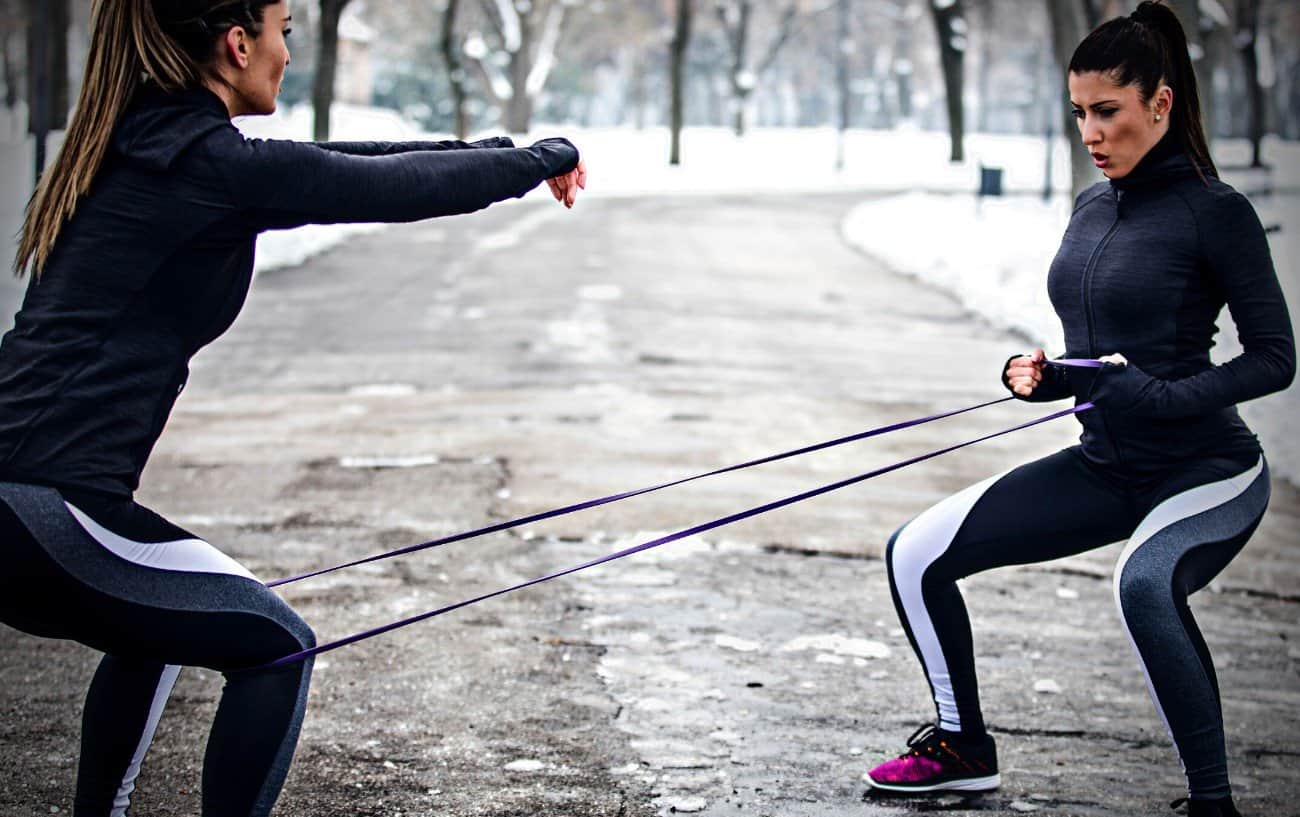
#2: Running After Leg Day May Increase Weight Loss
Weight loss is essentially a matter of burning more calories than you consume, so if you stack your workouts and go running after working out, you can increase your calorie burn.
As mentioned, you’ll also burn more calories from stored body fat compared to running before your workout or in the fed state, so some fitness professionals argue that running after leg day may enhance fat loss.
#3: Running After Leg Day May Speed Recovery
There is evidence to suggest2Dupuy, O., Douzi, W., Theurot, D., Bosquet, L., & Dugué, B. (2018). An Evidence-Based Approach for Choosing Post-exercise Recovery Techniques to Reduce Markers of Muscle Damage, Soreness, Fatigue, and Inflammation: A Systematic Review With Meta-Analysis. Frontiers in Physiology, 9(403). https://doi.org/10.3389/fphys.2018.00403 that active recovery can reduce the intensity of DOMS and enhance recovery.
Light or easy running can increase circulation to tired leg muscles, providing healing nutrients and oxygen and flushing out metabolic byproducts that can cause soreness.
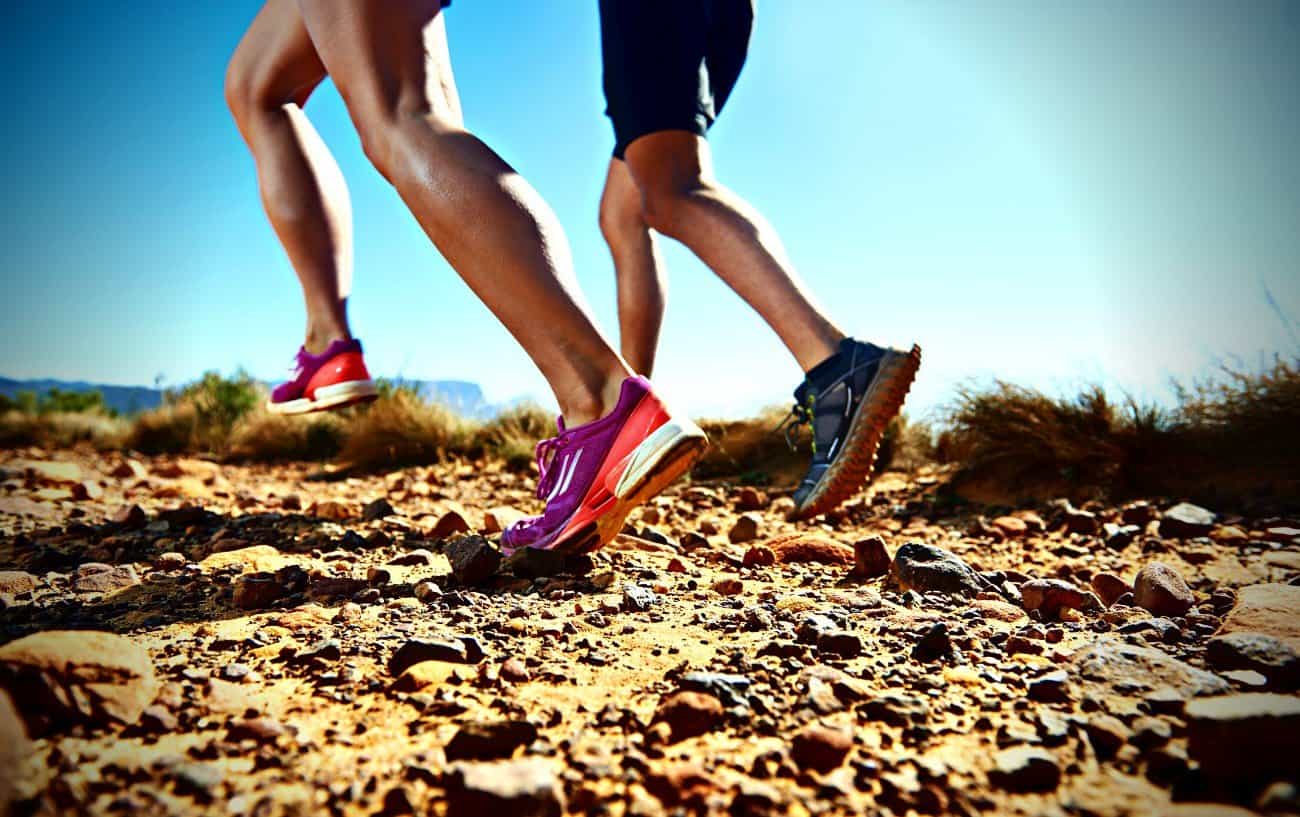
Drawbacks of Running After Lifting Weights
Let’s examine the potential downsides of running after a hard leg workout:
#1: Running After Leg Day Can Increase The Risk of Injury
Any time you do a hard workout, your muscle fibers need time to heal. Microtears occur in the fibers, and only through the recovery process do these fibers build back stronger.
Recovery from leg day can take 24-48 hours or more, and adding the additional stress and strain of running can overtax already damaged and depleted muscle fibers.
Moreover, after a hard leg workout, many people have shaky legs, poor coordination, and compromised strength. Running on weak, trembling, or awkward legs can increase your risk of tripping or using a compromised stride, which can also be a recipe for injuries.
#2: Running After Leg Day Can Inhibit Your Gains
If you want to build muscle mass (hypertrophy), running after leg day is probably not the best idea.
Gaining muscle mass takes a significant surplus of energy (calories), and running after your workout can put you into a negative energy balance and inhibit the potential gains from the hard workout you just did.

Should I Run Before Or After a Workout?
Whether you prefer to do total-body workouts or body splits, leg exercises can definitely impact your run if you’re trying to lace up and go running right afterward.
In general, most people find the best way to structure their workout routine is to do whatever form of exercise they prioritize first.
In other words, if you’re a competitive runner really looking to boost your running performance, and your run is your focus, go running before you lift weights.
If you’re trying to build muscle as your primary goal and just using running as a way to improve your overall fitness, go running after your workout so that your body is firing on all cylinders and strong for your lift.
If you want to start a runner-specific resistance training workout, look at our weight lifting guides!




